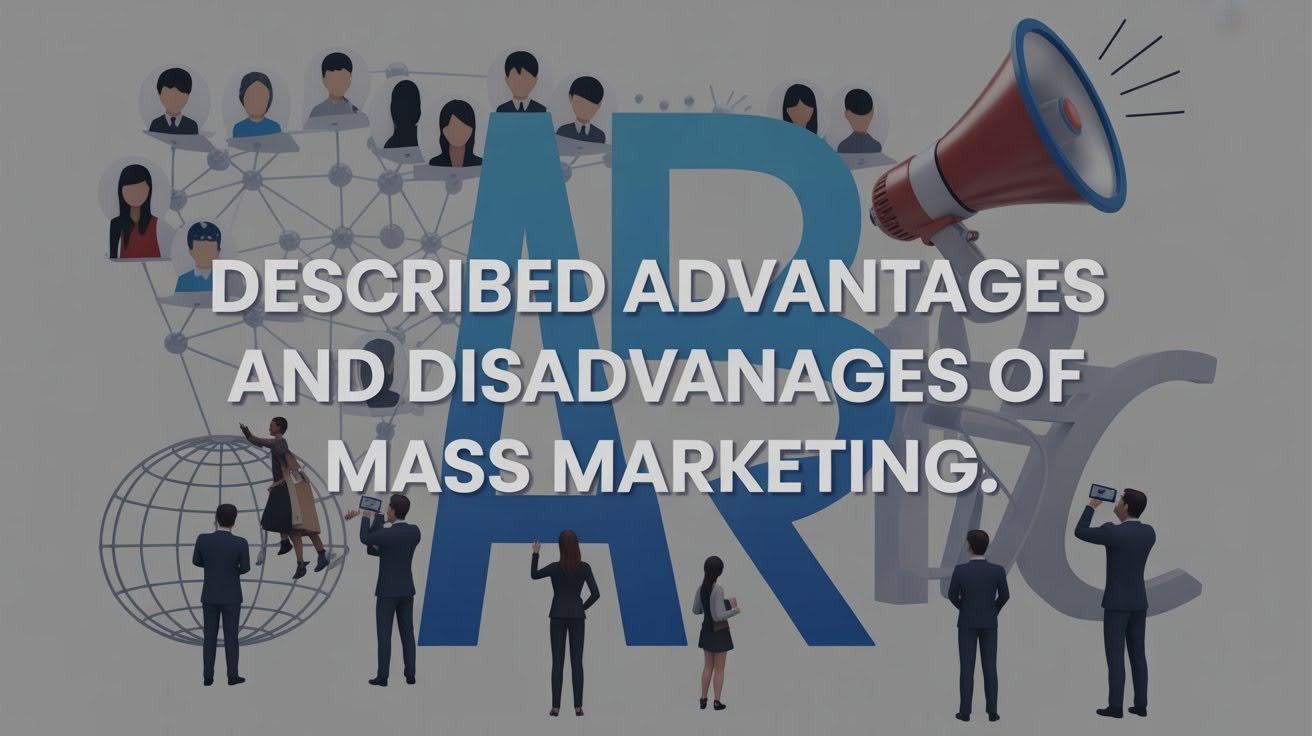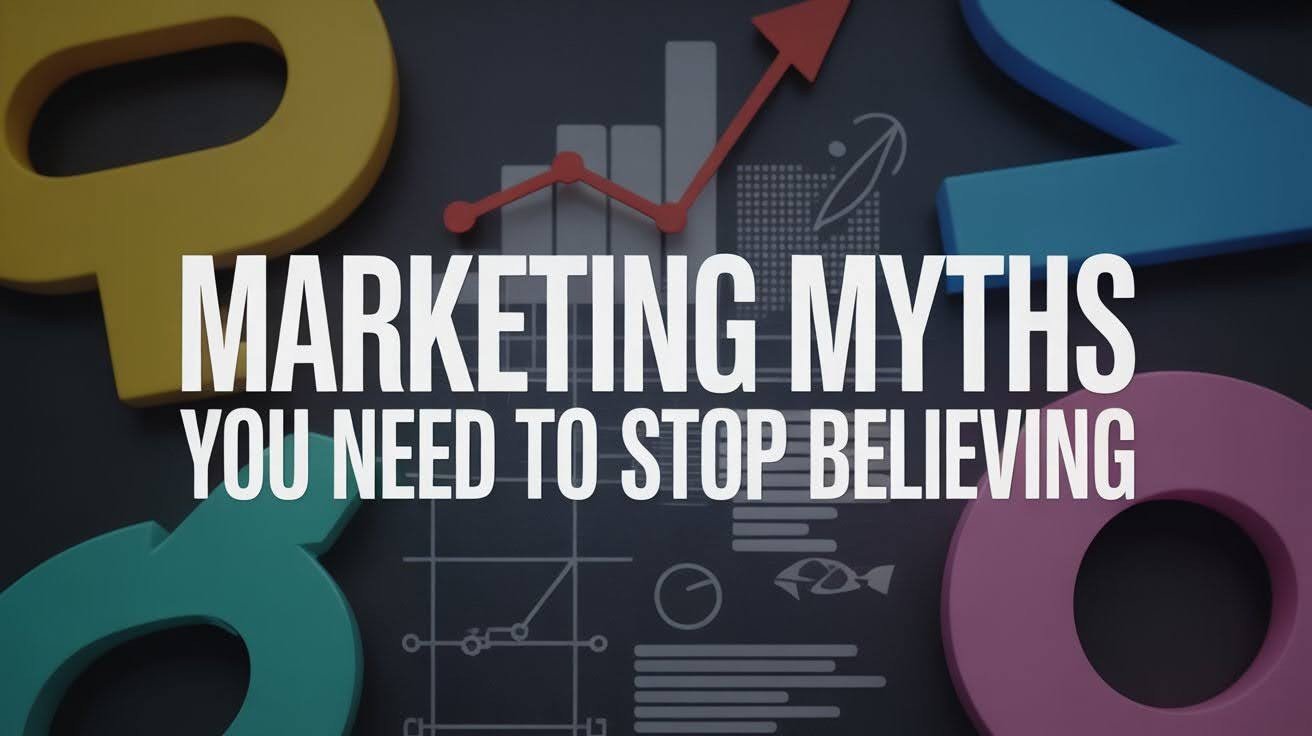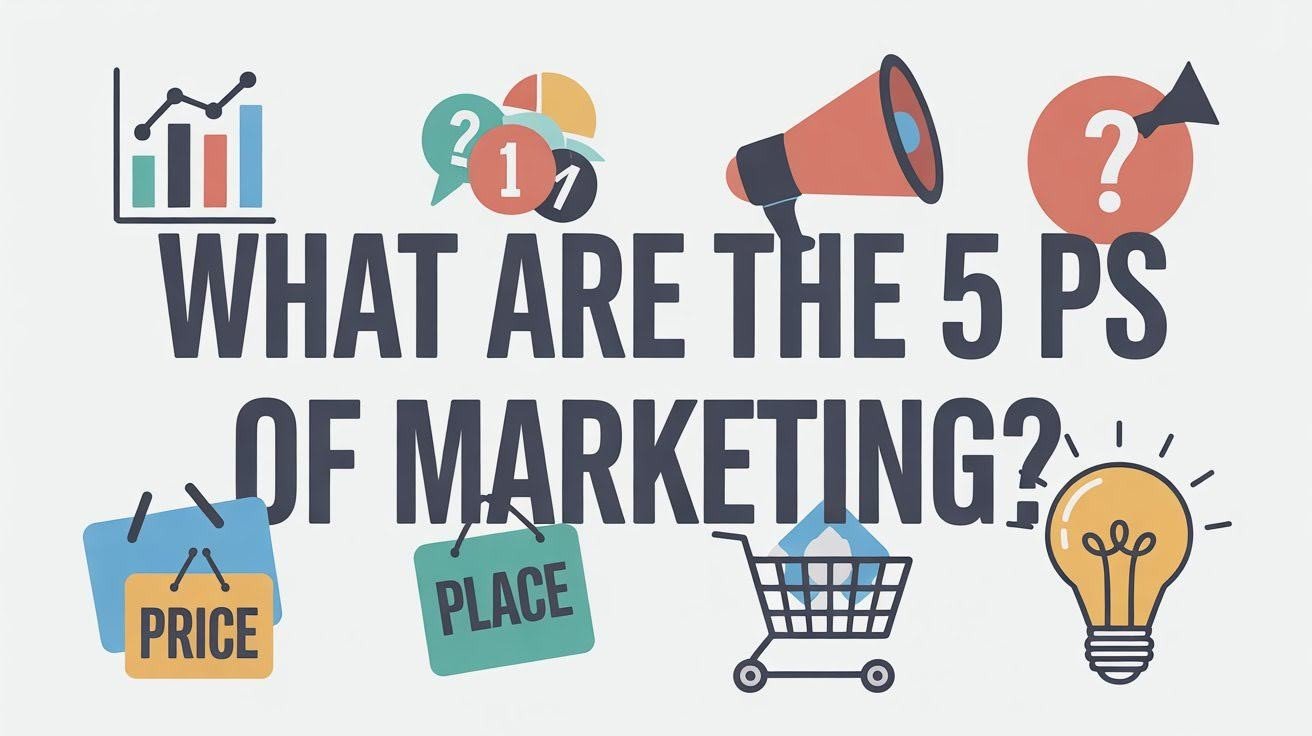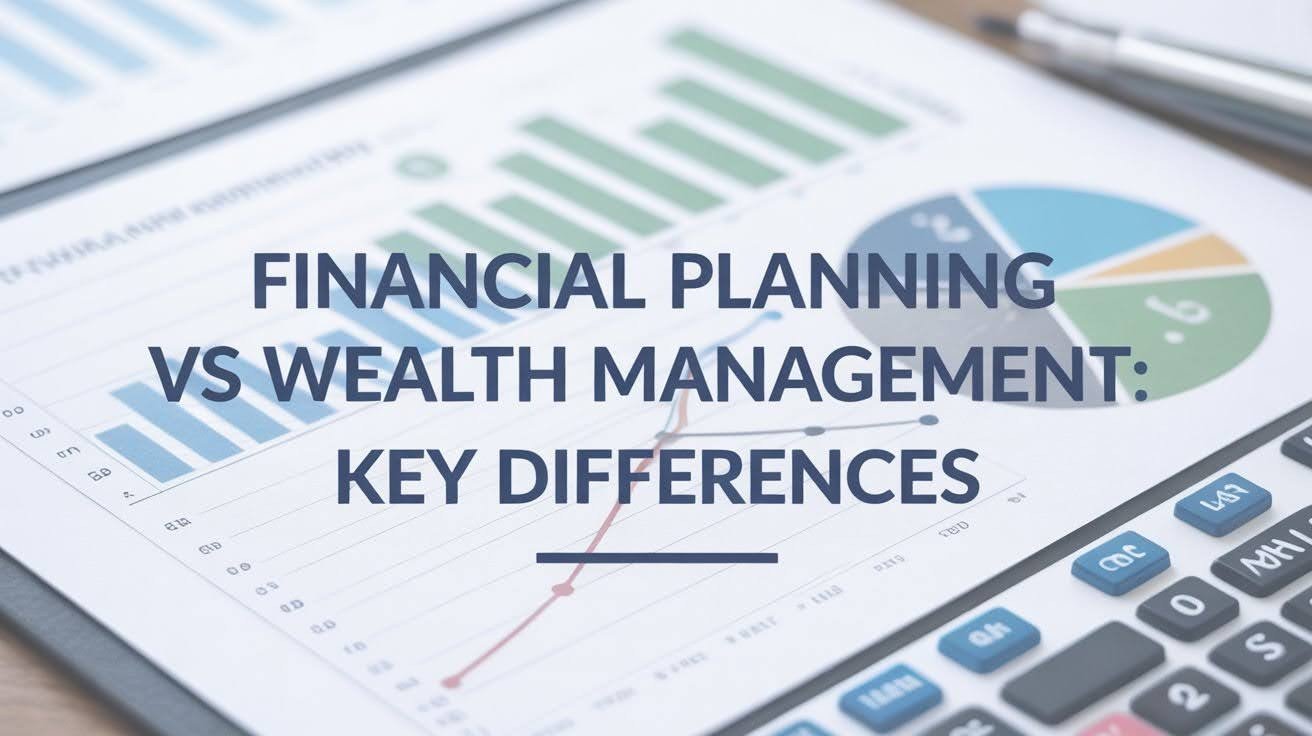Seen the same ad on TV, on your social media, and on a billboard?
That is mass marketing’s power. This eventually leads to sending one message to as many people as possible, reaching the maximum number of potential customers.
Companies are attracted by the simplicity and ease of use of this method, and the way it can become established within a company rapidly.
It’s important to know what mass marketing can do for your business, and where it falls short before you spend any of your marketing budget on it.
This way, you can decide if it is the right avenue for your business to pursue.
What is Mass Marketing?

Mass marketing sends one promotional message to a large, general audience to boost sales and increase brand recognition across different consumer groups.
Definition and Goal
Mass marketing targets everyone instead of specific groups. It’s the opposite of niche marketing, which focuses on particular audiences.
The goal is simple: high-volume sales and maximum visibility. Coca-Cola and McDonald’s are prime examples. They advertise to anyone who might buy their products, not just one customer type.
Everyday items like toothpaste and soap use this approach. Since almost everyone needs these products, broad advertising makes sense.
Common Mass Marketing Methods
Video marketing dominates today. Ads appear on YouTube and social media, reaching millions quickly.
Print marketing still works. Flyers, leaflets, and brochures capture attention despite our digital world.
Guerilla marketing uses creative tactics like flash mobs or street installations. These campaigns get people talking without traditional ad spending.
Comparison Table for the Advantages and Disadvantages of Mass Marketing

|
Aspect |
Advantages of Mass Marketing |
Disadvantages of Mass Marketing |
|
Audience Reach |
Reaches a large, broad audience quickly |
May include many uninterested individuals, lowering engagement |
|
Cost Efficiency |
Economies of scale reduce per-unit costs; simplified campaigns save resources |
Can lead to wasted spend on irrelevant segments |
|
Brand Awareness |
Builds strong recognition and consistent brand identity |
Generic messaging may fail to create meaningful connections |
|
Marketing Strategy |
Easier to manage a single campaign across multiple channels |
Lacks personalization; cannot adapt easily to different demographics |
|
Competition |
Strong brand presence can help dominate markets |
High competition in broad markets can make standing out difficult |
|
Conversion Potential |
High exposure can drive volume sales |
Lower conversion rates if the message is not relevant to all |
Advantages of Mass Marketing

Mass marketing offers several benefits that make it attractive for businesses aiming to grow quickly and reach wide audiences effectively.
1. Wide Audience Reach
One of the biggest perks is the ability to connect with millions of potential customers at once. Your message spreads across TV, radio, social media, and print all at the same time.
This approach helps you enter markets quickly. When you advertise broadly, people start recognizing your brand faster. Think about how quickly you learned about new smartphone models or popular fast-food chains. That’s the power of wide reach at work.
2. Cost Efficiency
Running one campaign for everyone costs less per person than creating multiple targeted campaigns. This is called economies of scale. The more people you reach with the same message, the lower your cost per impression becomes.
You also save on production. Instead of making different ads for different groups, you create one message and use it everywhere. This cuts down on design time, filming costs, and creative resources.
3. Brand Awareness and Loyalty
Seeing the same brand repeatedly makes it stick in your mind. When you need a product, you think of the brands you’ve seen most often. That’s why big companies keep advertising even when they’re already famous.
Consistent messaging across all platforms builds a strong brand identity. People know what to expect from your company. Over time, this familiarity can turn into trust and loyalty.
4. Simplified Marketing Strategy
Managing one campaign is much easier than juggling several. You use the same message on every platform, which means less coordination and fewer headaches.
Resource allocation becomes straightforward too. You know exactly where your budget goes and can track results more easily when everything runs under one unified strategy.
Disadvantages of Mass Marketing

While mass marketing has its benefits, it also comes with significant drawbacks that can hurt your business if not carefully considered.
1. Lack of Personalization
Generic messages often miss the mark with many people. When you try to speak to everyone, you might not truly connect with anyone. Your ad might feel bland or irrelevant to specific groups.
This can cause disengagement. Customers today want brands to understand their unique needs. When they see a message that doesn’t relate to them, they simply scroll past or tune out. You lose the chance to build a real connection.
2. Increased Competition
When you target a broad audience, you face more competitors doing the same thing. Every brand wants attention from the same massive pool of people.
Standing out becomes incredibly difficult. Your message gets lost in the noise of hundreds of other ads. Even with a big budget, grabbing and keeping attention is tough when everyone is shouting for the same customers.
3. Inefficient Targeting
You end up reaching many people who have zero interest in your product. A teenager might see your retirement planning ad. A city dweller gets ads for farming equipment. This is wasted reach.
Despite getting millions of impressions, your actual sales might disappoint. Low conversion rates are common because most viewers aren’t your ideal customers. You’re paying to advertise to people who will never buy from you.
4. Vulnerability to Market Changes
Consumer preferences shift constantly. What works today might flop tomorrow. A one-size-fits-all campaign can’t adapt quickly to these changes.
Price fluctuations and new trends can make your message outdated fast. Geographic differences matter too.
What appeals to customers in one region might not work in another. Ignoring these variations means missing opportunities and wasting resources on ineffective messaging.
Tips for Effective Mass Marketing
If you decide mass marketing fits your business, these strategies can help you get better results and avoid common pitfalls.
- Blend Mass and Targeted Strategies: Use mass marketing to build awareness and targeted campaigns for engagement with specific customer groups
- Leverage Data and Analytics: Track performance metrics like reach, engagement, and sales to avoid wasted spend and refine future campaigns
- Focus on Strong Brand Messaging: Craft clear, universal messages that connect emotionally and keep tone consistent across all media platforms
- Choose the Right Channels: Prioritize platforms where your broad audience is active, such as TV, radio, and social media
- Regularly Refresh Campaigns: Update visuals, slogans, and ads to prevent audience fatigue and maintain attention
Conclusion
Mass marketing places your product in front of millions of prospects, delivers recognition, is cost-effective, and keeps your brand identity consistent across the board.
However, it also wastes resources on uninterested audiences and lacks the personal touch customers want these days.
But don’t choose one or the other. Use both mass marketing and targeted marketing to get your message seen by many and to address each person.
When you apply reach and targeting together, you create a marketing strategy. The strategy is sustainable for your business and also for your audience. They feel seen, special.
Frequently Asked Questions
What is mass marketing, and how does it work?
Mass marketing is a strategy where businesses send one promotional message to a large, general audience instead of targeting specific groups. It works by using channels like TV, radio, social media, and print to reach as many potential customers as possible.
Is mass marketing cost-effective for small businesses?
Mass marketing can be expensive upfront since it requires broad media coverage. Small businesses can use affordable digital platforms like social media to reach large audiences without the high costs of traditional advertising.
What are the main benefits of using mass marketing?
The main benefits include reaching millions of people quickly and building strong brand awareness. It also reduces per-unit advertising costs through economies of scale and simplifies campaign management.
Why do some mass marketing campaigns fail?
Many campaigns fail because generic messages don’t connect with diverse audiences, leading to low engagement. Reaching uninterested people wastes budget, and high competition makes it difficult for brands to stand out.
Can mass marketing and targeted marketing work together?
Yes, combining both strategies often produces the best results. Use mass marketing to build initial brand awareness, then follow up with targeted campaigns for better engagement and conversions.








